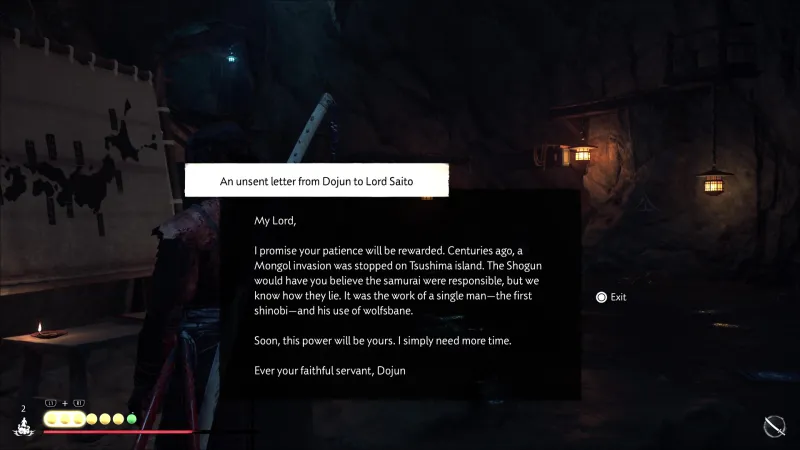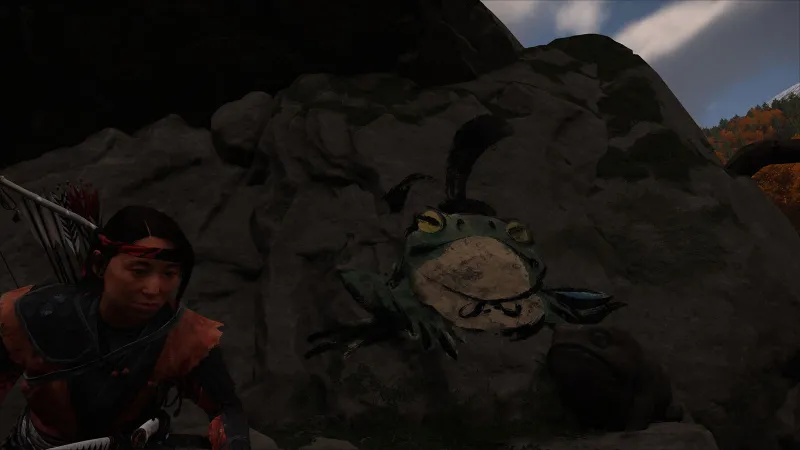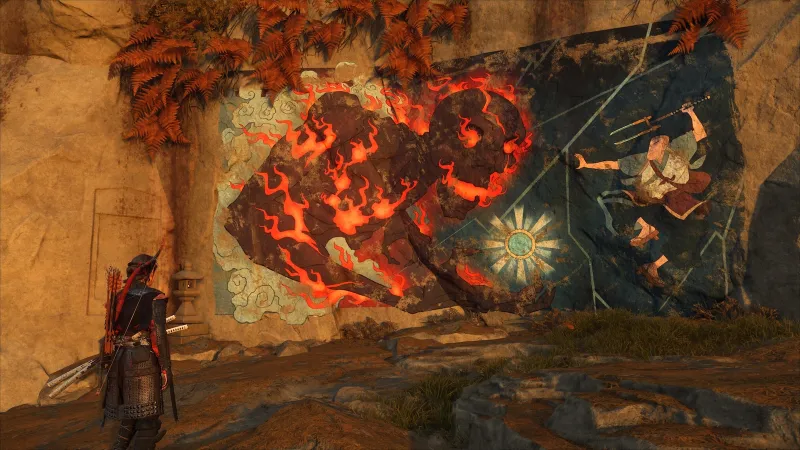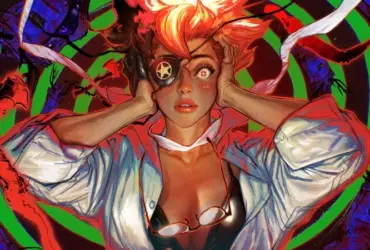From its announcement, developer Sucker Punch has made it clear that Ghost of Tsushima and Yōtei are separated by hundreds of years. “This game is very much its own story,” co-director Nate Fox told me back in July when I asked him about the connections between Yōtei and Tsushima. “It is a spiritual sequel. You don’t need to have played Ghost of Tsushima to jump right into Ghost of Yōtei.” Ghost of Tsushima takes place in 1274 and Ghost of Yōtei takes place in 1603, 329 years later. Tsushima protagonist Jin Sakai and everyone he knew have been dead for a long time by the time Yōtei protagonist Atsu begins her story. Tsushima Island is also located southwest off the coast of Japan, while Ezo and Mount Yōtei are found in the far north of Japan.
Jin and Atsu are separated by centuries and more than 1,000 miles, but the games do take place in the same universe, which means, though small, there are some connections between the two games.
I don’t offer any spoilers for the mainline story of Ghost of Yōtei, but I do talk about the ending of Ghost of Tsushima ahead. I recommend stopping here if you don’t want some fun elements of either game spoiled for you.
The first appearance of Tsushima I found comes from a document while Atsu is pursuing one of the Yōtei Six, the Kitsune. In a cave belonging to the Nine Tails, the organization the Kitsune runs, Atsu finds some paperwork about the group’s intention to create wolfsbane.
Wolfsbane was a poison that Jin Sakai used in Tsushima that his uncle frowned upon considering it dishonorable. The document Atsu finds reads, “I promise your patience will be rewarded. Centuries ago, a Mongol invasion was stopped on Tsushima Island. The Shogun would have you believe the samurai were responsible, but we know how they lie. It was the work of a single man – the first shinobi – and his use of wolfsbane.”

That first shinobi, the first samurai who thought up the idea of sneaking up behind someone and stabbing them in the back, was, of course, Jin. Atsu comments on the letter and its reference to wolfsbane, saying, “He claims it stopped a Mongol invasion.” The NPC with her during that section replies, “A legend passed down through shinobi clans that Dojun latched onto. It was centuries ago.”
The other big reference to Tsushima, however, is much more overt, and frankly, much more interesting. The storyteller appears throughout Yōtei, expectedly telling Atsu stories. They lead to some of the best side quests in the game, and his potentially final story (which you can tackle out of order) is about Jin.
You won’t be able to access the optional tale until late in the game, as the location is in the southernmost section of Ezo, southwest of Matsumae castle. It’s there that the storyteller will meet Atsu outside the Forgotten Shrine and say he is seeking the Storm Blade. “The sword is said to be so powerful that it contains the strengths of an unstoppable storm,” he says, following up that he doesn’t know what story belongs to it, which is atypical of his normal sidequest.

Entering the location reveals the two-triangle symbol used throughout Ghost of Tsushima that symbolized Jin’s family. There is also a gray fox there to guide you through the location, which is odd considering every fox in the game up to that point has been red. Atsu also finds and reflects on a haiku about being alone and far from home, and finds the Lost Shinobi Den, which has a house inside of it filled with old, decrepit weapons and a Stag Helmet, which looks a whole lot like Jin’s Sakai Clan Helmet from Tsushima. There is also a rusted iron hook for climbing and an old saddle that “carried its rider through countless battles.”

Nearby, there is a cave that holds a sword kit with Jin’s dual-triangle symbol on it, and in the next area is the home of the first shinobi, which Atsu comments that the owner of the storm blade must have lived there. In the house are burned adoption papers for clan Shimura, a very old flute, and an old dagger with the name Yuna carved into it. Yuna was the name of one of Jin’s partners in Tsushima. She was a skilled thief who assisted Jin in fighting the Mongols.
After exploring the house and participating in some action, the storyteller appears to complete the sidequest and finally share the story. Though he never names Jin, he tells the tale of a samurai who single-handedly pushed back against the Mongols with the Storm Blade by becoming the first shinobi. Having abandoned the ways of the samurai, the warrior was an outcast, so he left Tsushima, but no one knew where he went. It is here that Atsu and the storyteller theorize that the warrior came to Ezo to live out the rest of his life.
It’s a fun callback to the previous game and a fun reward. It is not the only reference, however, to Sucker Punch’s previous games. I am certain I did not find every fun one of these, but I did find a few.
Atsu can find and wear armor commemorating developer Sucker Punch’s previous game, Sly Cooper. I also found a mural that I can’t imagine is meant to be anything other than a reference to the raccoon thief.

And speaking of the racoon thief, Sir Raleigh, a major antagonist from the fist Sly Cooper game, also makes a mural cameo.

This mural, found near the Amber Respite Shrine, showcases Infamous 2, where Cole McGrath traveled to New Marais to combat The Beast.

I also found this mural near the Budding Grace Shrine referencing Fetch Abigail Walker from Infamous Second Son, who later got her own standalone game, Infamous First Light.

I am sure there are more, and I am excited to see what others find once players get their hands on the game today.
To read Game Informer’s Ghost of Yōtei review by following the link. You can also watch our video review below.







Leave a Reply